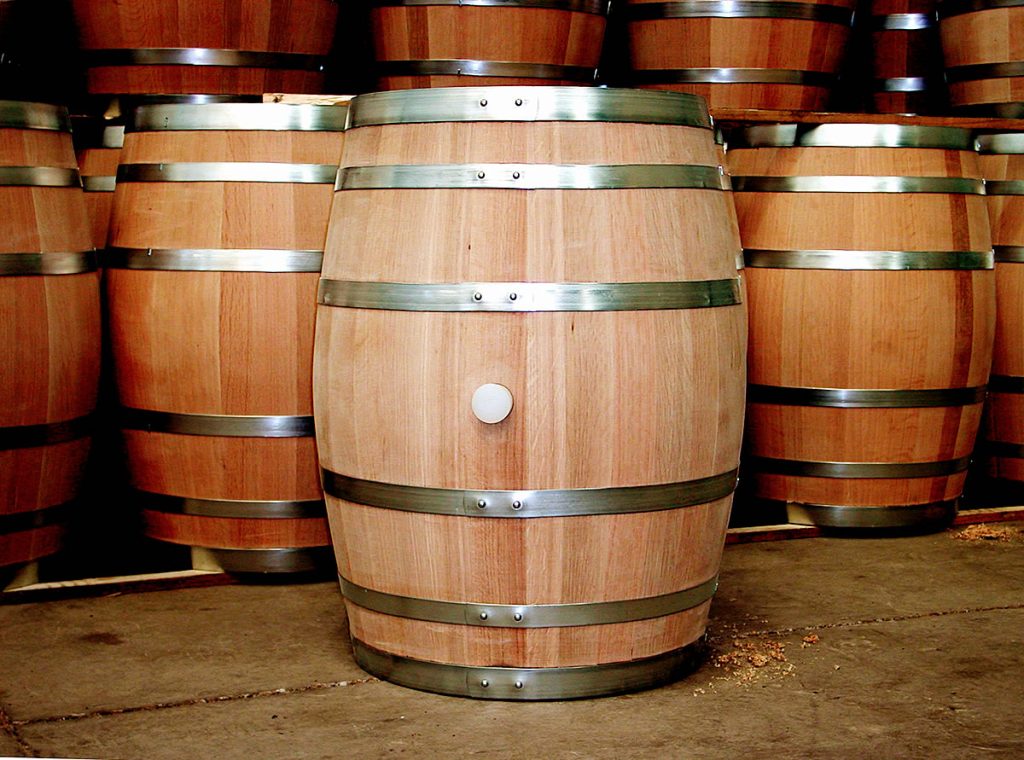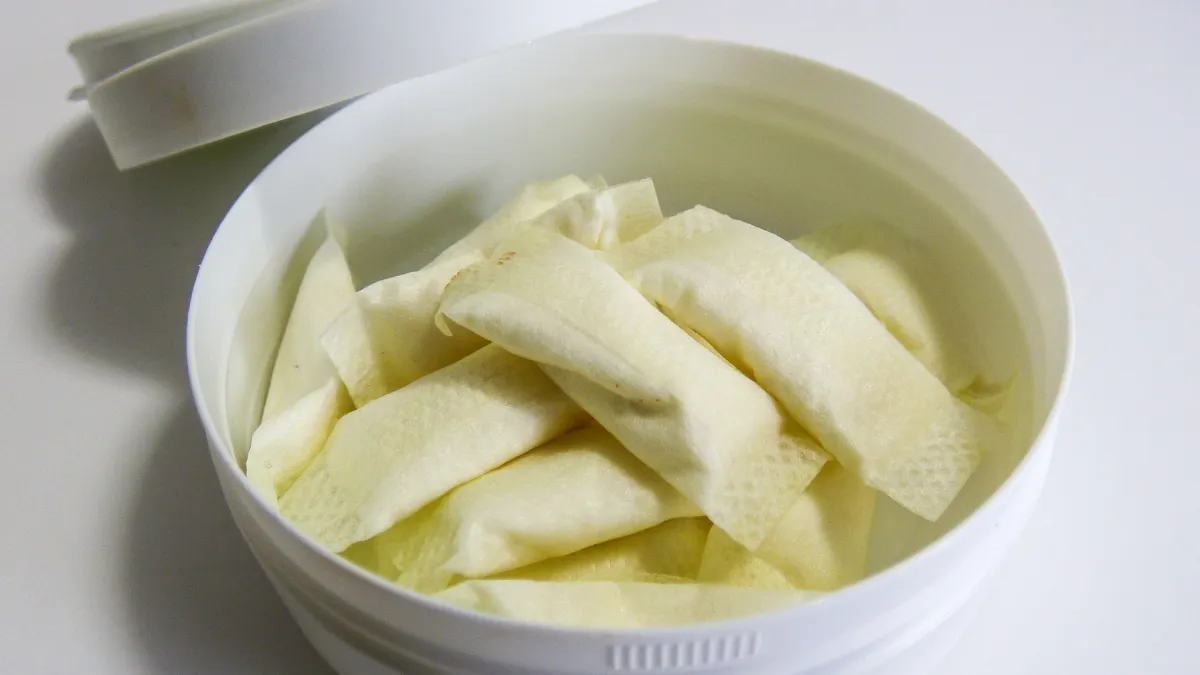It is often depicted in paintings from this time period that barrels of wine are strewn about before glass bottles were introduced (the 1600s and before). We’ve acquired a taste for wine, even though we no longer require barrels for storage and transport. In modern winemaking, Small Oak Barrels play a vital role.
Why do Oak Barrels help wine?
Wine benefits from the following three contributions of Small Oak Barrels:
- Vanilla, clove, smoke, and coconut are just some of the flavors that it adds.
- It allows oxygen to slowly infiltrate into the wine, making it less astringent and smoother.
- Wines taste creamier when they go through Malolactic Fermentation (specifically).
You’ll find a ton of flavor differences in different oak options, so make sure you check them all out. The addition of oak flavors to wine has become an accepted method for enhancing the taste of wine. When oak flavors are added to wine, they combine with the flavors of the wine to create a wide range of new tastes. There are various kinds of oak that are used in the winemaking process:

Both Quercus alba and Quercus Petrea have differing flavors. American white oaks and European white oaks are preferred for winemaking. Additionally, the climate in which the oak grows also influences the flavor of the wine. For instance, a wine aged in Quercus Petrea from the Allier Forest in France will taste completely different from one aged in Quercus Petrea in the Zemplen Mountains forest in Hungary.
- French oak, Hungary oak, or Slavonia oak (Croatia oak) are some of the species of European oaks
- Missouri and the Midwest are home to the American oak
How American oak differs from European oak (French oak)?
Generally speaking, European oak tends to be denser (closer-spaced rings), resulting in less oak lactones and oxygen being imparted to the wine. Wines (Cabernet Sauvignon, Petite Sirah) that are bolder and more structured should be aged in American oak, since American oak can handle robust flavors and oxygen infiltration. On the other hand, European oak is best suited to lighter wines that need a bit more subtlety, such as Pinot Noir or Chardonnay.



